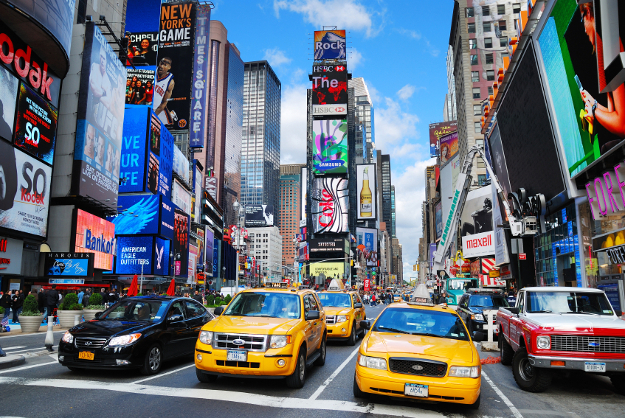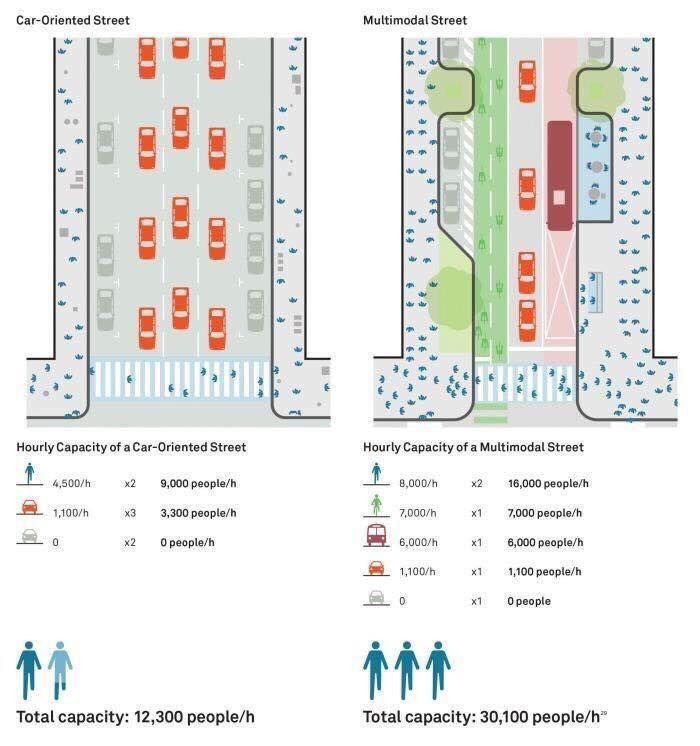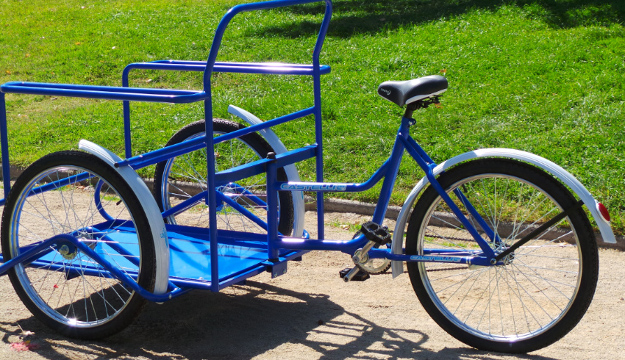The USA is possibly the most pro-car country since distances from A to B points are impressive and some of the more important car firms set up there. Moreover, car marketing is astonishing (similarly to every developed country in the world) and car industry has hundred of thousands of employees, hence this had some magnificent cities like Detroit in the past. Millions of cars are driven every day and thus it is huge when urban mobility is increased without taking into account car needs.
The case of Time Square (New York) is a good example. The pride it causes makes a lot of cities wanting something like it. In other words, giving more space to pedestrians and green vehicles such as bicycles is a worldwide tendency.
Just compare both images to see what happens when pedestrians can securely walk without the noise and pollution cars cause. It is like magic. Suddenly, people show up from all over and enjoy the area. If you consider the fact that Time Square is one of the top world areas with the highest stores per squared mile, you determine sales increased as a result of it. There are no two ways about it and figures confirm it. Pedestrians can walk and thus spend more time in the pedestrian area. Thus, they spend more time in going shopping, seeing stuff, comparing prices, putting on clothes, etcetera. Sellers welcome such a decision though the initial reticence.




